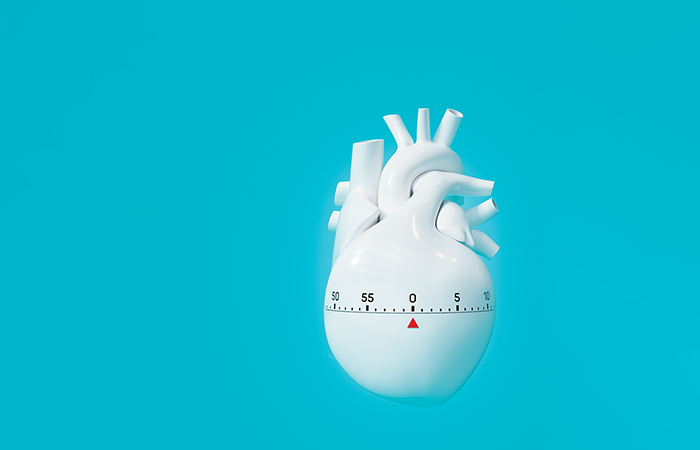Sudden Cardiac Death: Who Is Most at Risk?
An algorithm under development may answer the question
By Richard Westlund
Illustration by Spooky Pooka

Two University of Miami Miller School of Medicine researchers are developing a predictive algorithm to identify adults at high risk for sudden cardiac death (SCD).
“We are making significant progress toward building a life-saving screening tool for clinicians,” said Jeffrey J. Goldberger, M.D., M.B.A., chief of the Cardiovascular Division. “Our goal is to use the principles of precision medicine to treat those individuals with the highest risk for SCD. For instance, aggressive treatment of hypertension can decrease an individual’s risk as measured by our model.”
Dr. Goldberger is working closely with Leonardo Tamariz, M.D., M.P.H., professor of medicine, to refine earlier clinical models by incorporating de-identified patient electronic health records from the University of Miami Health System. They are also looking at social determinants of health such as race, ethnicity, income, and neighborhood to improve the predictive capability for SCD.
Minorities at Risk
“Our population health studies indicate about 30,000 adults in Miami-Dade County are at risk for SCD, including a large number of minorities,” Dr. Tamariz said. “It isn’t possible to test them all for heart abnormalities, but our model is getting steadily better at identifying adults with the high-risk factors.”
About 50 percent of victims of sudden cardiac death have no symptoms of underlying cardiovascular disease, but currently there is no practical method for screening the millions of Americans who might have an undiagnosed heart disorder.
The two researchers are also searching for biomarkers and examining genetic factors to further enhance the predictive algorithm. The Miller School has a partnership with Vanderbilt University that includes a shared genetics database of more than 155,000 patients, according to Dr. Tamariz.



